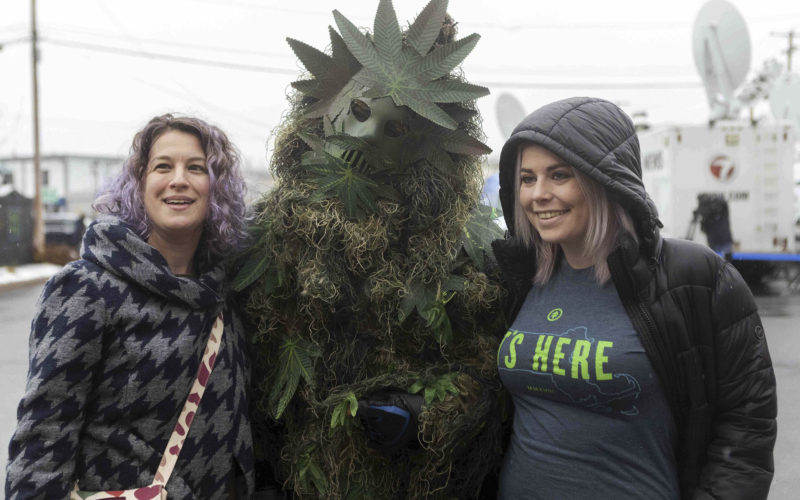Legalization of pot leads to even more questions
AMANDA BANCROFT
Making Ripples
The weed of many names has various recreational, medicinal and economic uses. During the cultural revolution of the 1960s and ’70s, it was even said that getting high would cause peace on earth if everybody would just chill out. Decriminalizing marijuana seems to be on many a mind these days, for justice or pleasure. In June 2018, the FDA approved Epidiolex (cannabidiol) to treat a couple of rare and severe forms of epilepsy. Does that make smoking marijuana harmless to our health — and subsequently give it a positive impact on the world? Teens seem to think so.
As states legalize recreational marijuana, youth living in those states have changes of opinion about the drug’s safety. A study whose results were published in JAMA Pediatrics found that after legalization of marijuana for adults in their state, more teens thought that smoking pot was harmless and normal. But the research shows it really isn’t, especially not for youth. According to a Harvard Medical School study, marijuana users who started smoking before age 17 had cognitive deficits on tests measuring verbal IQ and memory. The National Institute for Drug Abuse found that heavy smoking affected learning ability and social skills. The University of Southern California published a study revealing that younger males who got high were twice as likely to develop testicular cancer.
Teens, have hope: If you stop using marijuana even for one week, your verbal learning and memory improve. NPR cited a study that demonstrated reduced neurocognitive functioning for adolescents using marijuana. The teens’ abilities improved after just one week of abstaining. But as the young brain is still developing, and as youth are more susceptible to addictions, it’s better not to take that trip in the first place.
Adults using for recreational purposes: This means you, too. At least according to science. Pot use doesn’t just cause people to get high; it creates trouble thinking and remembering, causes bloodshot eyes, dry mouth, faster heart rate, and slower coordination. And, of course, the “munchies.” Weed can make colors seem brighter or make you anxious. It could relax you or make you hallucinate. Science does show that certain uses of marijuana, especially cannabis that doesn’t include the chemicals that cause a high, can help people with chronic pain and certain illnesses like multiple sclerosis and AIDS. With the right dosage, it can slow the progression of Alzheimer’s and help dementia patients, notes a 2006 study in the journal Molecular Pharmacuetics. These effects vary from person to person and depending on whether it’s smoked or eaten, and dosage matters!
The truth is that marijuana both helps and harms, and more research is needed, with fewer restrictions and more focus on medicinal benefits. Most of the studies done demonstrating benefits from marijuana, such as relief of arthritis and inflammation, are done using certain properties of the drug, not using it the way anybody would on the street.
Maybe marijuana is an asset to all humankind because it gives us hemp and contains medicinal properties, but not because it gets us high. As with alcohol, cigarettes and junk food, it may just be one of those things humans do for fun even though we know it’s bad for us. But just as keeping our physical health in good shape can improve our positive impact on the world, perhaps not using weed is a good idea for those hoping to use their brains to change the world. And it’s a heck of a lot easier to work with people on solutions to the planet’s most pressing problems if the people working on them aren’t high!
Amanda Bancroft is a writer, artist, and naturalist living in an off-grid tiny house on Kessler Mountain. She and her husband Ryan blog about their adventures and offer tips to those wanting to make a difference at www.MakeRipples.org.










